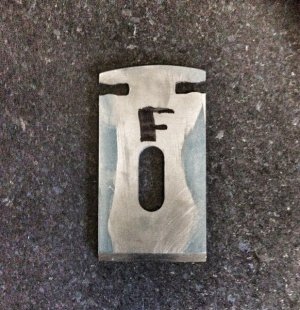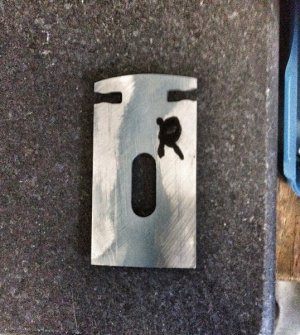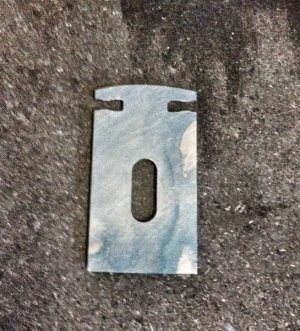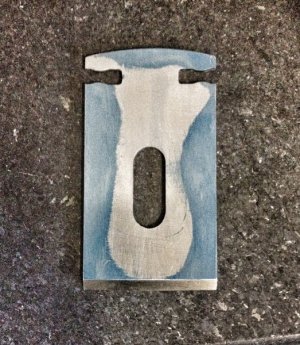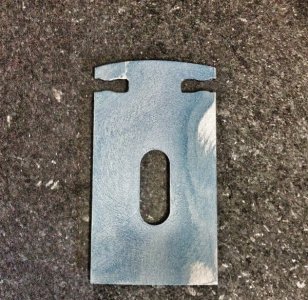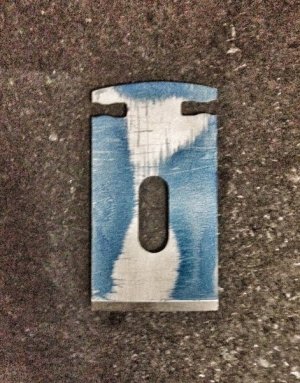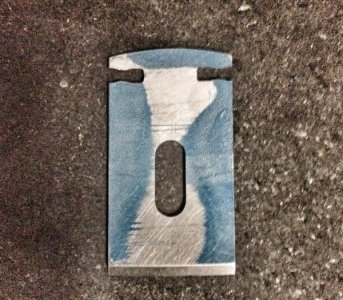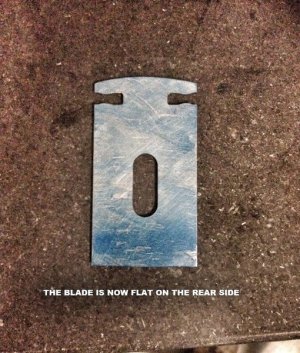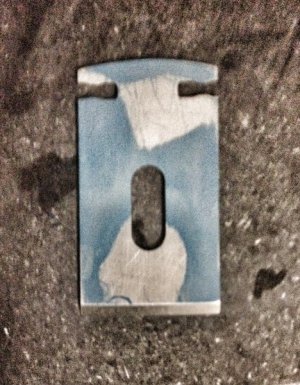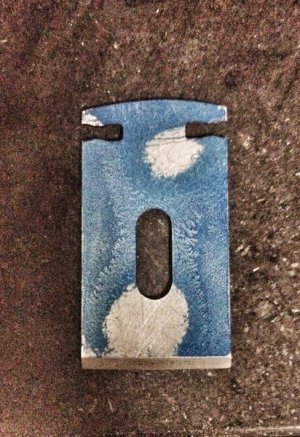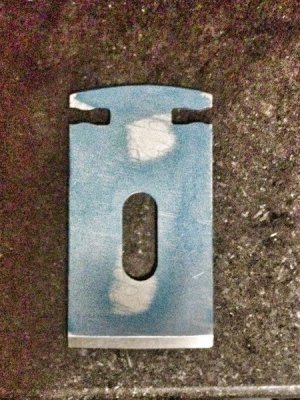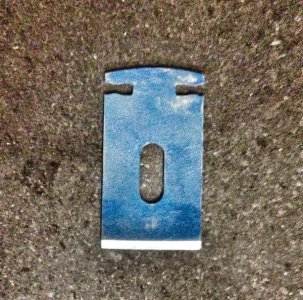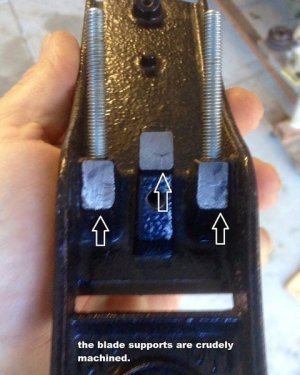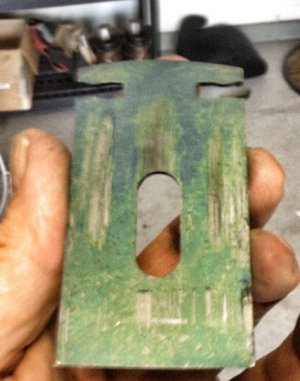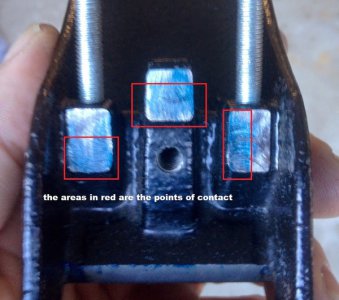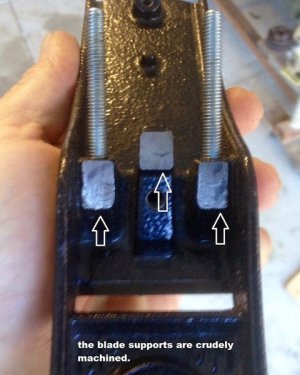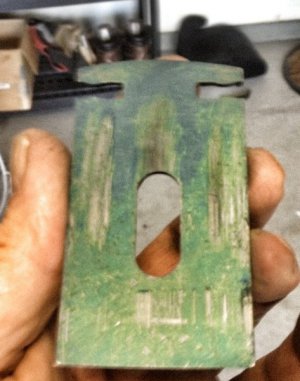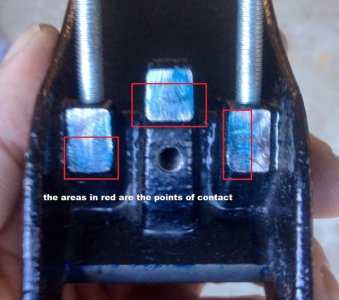- Joined
- Feb 2, 2013
- Messages
- 3,609
i had a funny incident while working on the planer's blade.
i was flattening out the blade and had an instant of DUH----
i was peining the blade with a Ball-Pein hammer(the actual use of the Pein part of the hammer!!!)
to relieve the stresses and make the blade act right -
Wrong Choice...
the blade fractured when i got a little too close to a relief hole
 .
.
a step backwards, but not for long.
i already went back to HF and got another plane and robbed it's blade to put into Brav65's plane
i had other super coupons and got more free junk
anyway, the project is coming along -slowly still, but i thought i'd share my screw up.
i was flattening out the blade and had an instant of DUH----
i was peining the blade with a Ball-Pein hammer(the actual use of the Pein part of the hammer!!!)
to relieve the stresses and make the blade act right -
Wrong Choice...

the blade fractured when i got a little too close to a relief hole
a step backwards, but not for long.
i already went back to HF and got another plane and robbed it's blade to put into Brav65's plane
i had other super coupons and got more free junk
anyway, the project is coming along -slowly still, but i thought i'd share my screw up.


